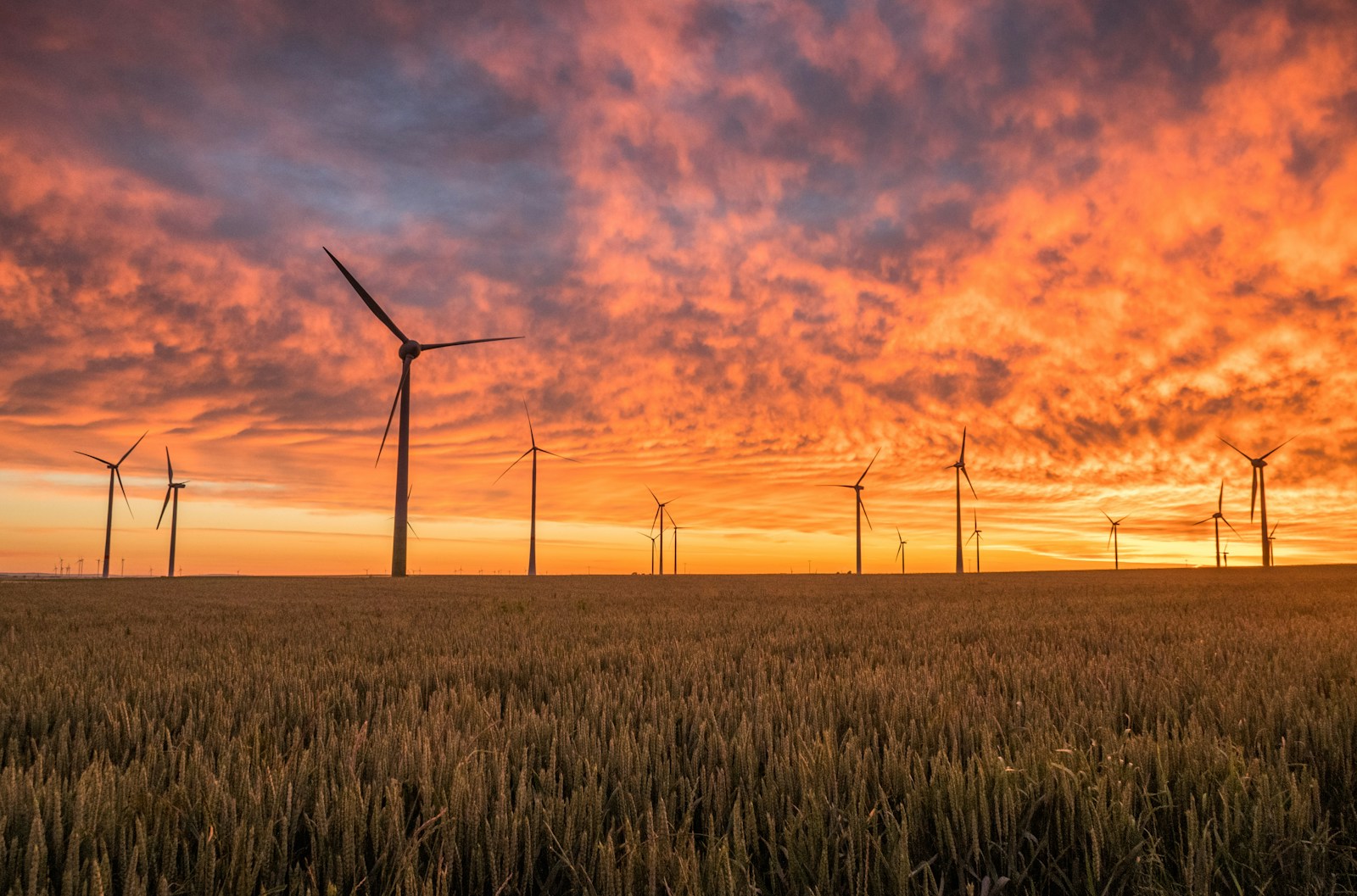The Onshore Wind Taskforce has published its Strategy document, detailing a set of actions aimed at accelerating the deployment of onshore wind in the UK and delivering benefits for local communities, British businesses, and consumers.
The strategy has been published almost a year to the day from the newly elected Labour Government lifting the ban on onshore solar.
In the foreword to the report, Matthieu Hue, Onshore Wind Taskforce Co-Chair, says: ‘Onshore wind’s contribution is essential, as a homegrown, affordable and low carbon energy source, and Great Britain currently has 14.8GW of installed capacity. However, onshore wind lost its momentum 10 years ago when the de facto ban onshore wind in England was enacted to deter its deployment. As a result, Great Britain has not been able to capitalise on 30GW of an extensive pipeline of projects.
‘Now is the time to join forces and harvest the benefits by delivering the required 27GW to 29GW of onshore wind by 2030. This has been the compelling reason driving the Onshore Wind Taskforce.
The Strategy outlines 42 specific actions – mostly Government commitments – designed to address the key barriers that have historically hindered the growth of onshore wind energy.
One of the primary focus areas is reforming the scoping, planning and consenting processes. To reduce delays and improve the efficiency of planning approvals, the Government plans to update planning policy and guidance to ensure decisions are based on current technical evidence.
Enhanced training and improved data sharing will also help streamline site assessments and surveys. A consultation on expanding permitted development rights is expected to support small-scale wind developments and the repowering of existing sites.
The Strategy also prioritises reforms to the UK’s energy networks and systems. Ongoing work to radically improve grid connection processes will be expanded, ensuring that the electricity network can accommodate a larger share of low-carbon generation like onshore wind. Additionally, the delivery of a Strategic Spatial Energy Plan will help develop a more coordinated, forward-looking approach to infrastructure planning.
In recognition of the importance of public support and local engagement, the Strategy includes measures to strengthen community relationships. These include embedding best practice engagement principles into planning guidance, updating community benefit policies, and launching regional communication campaigns to better inform the public about the economic and environmental benefits of onshore wind projects.
It might be news to some of us but a longstanding challenge has been interference between wind turbines and aviation or defence radar systems, so this is also addressed.
Financial barriers are also on the agenda, with proposals to create a joint government and industry subgroup within a new Onshore Wind Council to monitor and respond to market and investment challenges. The Contracts for Difference scheme, a key route to market for renewable energy projects, may be reformed to better accommodate the needs of onshore wind developers.
Finally, the Strategy includes measures to bolster the supply chain, workforce, and skills pipeline essential to supporting sector growth. This includes new research to identify supply chain constraints and opportunities, as well as workforce monitoring initiatives led by industry to inform future policy interventions.
The full report can be read here.

















Leave a Reply